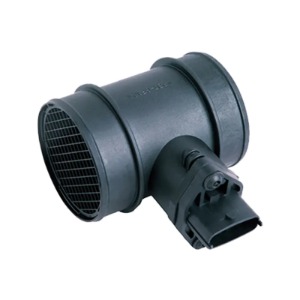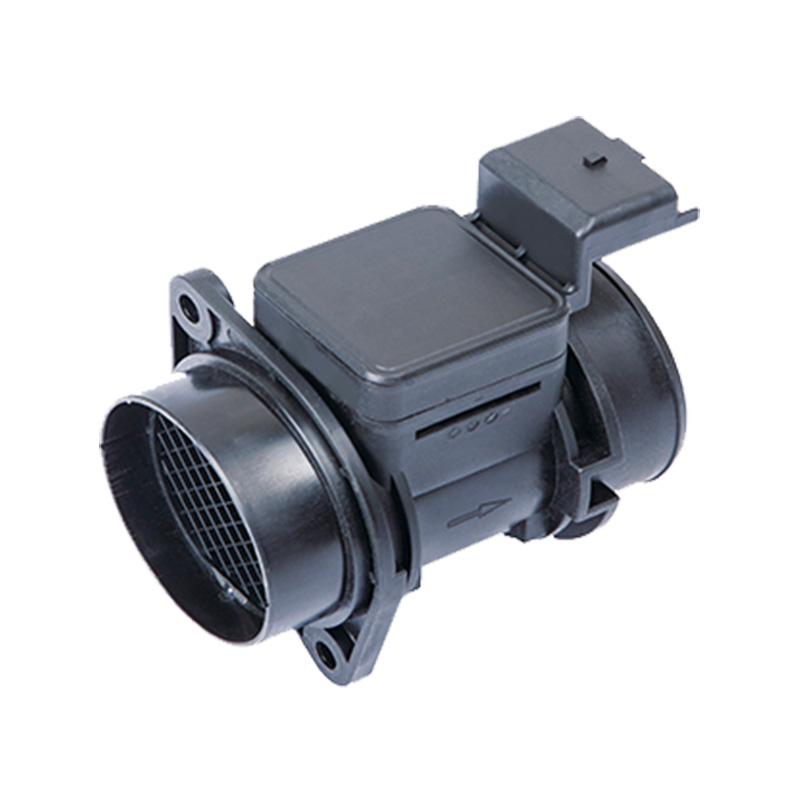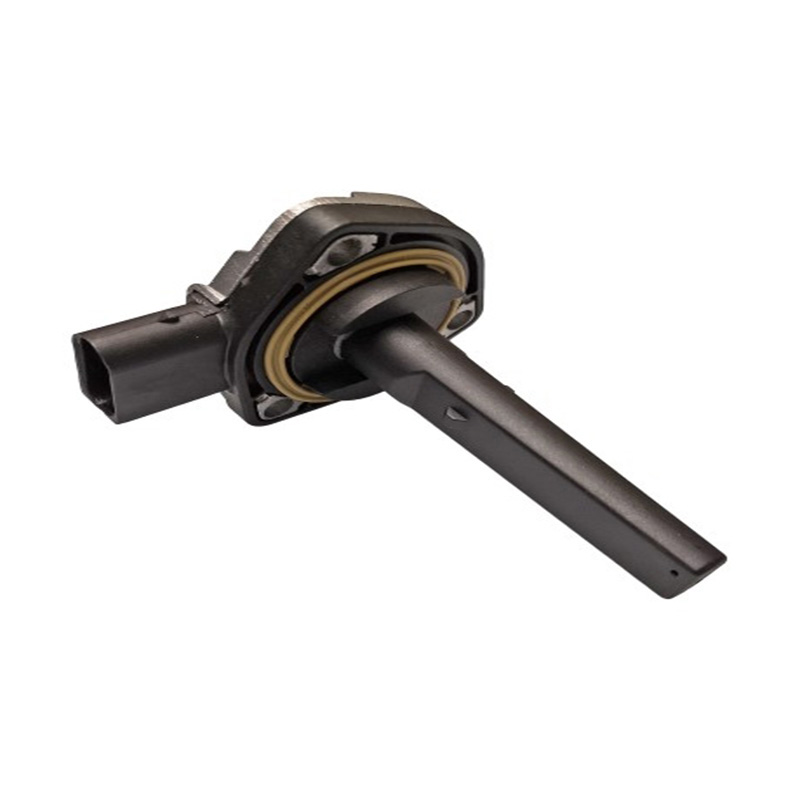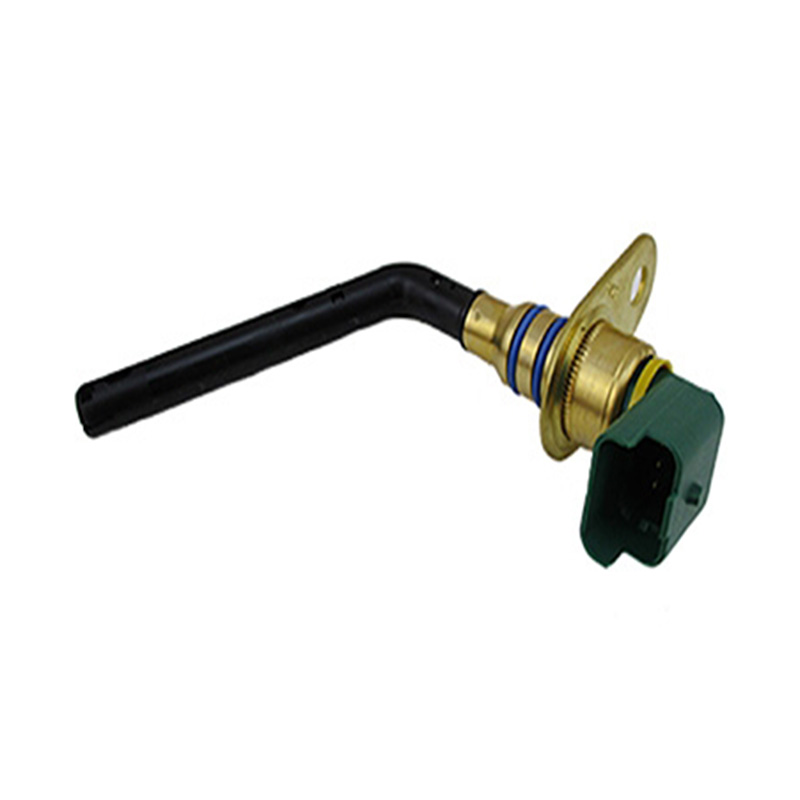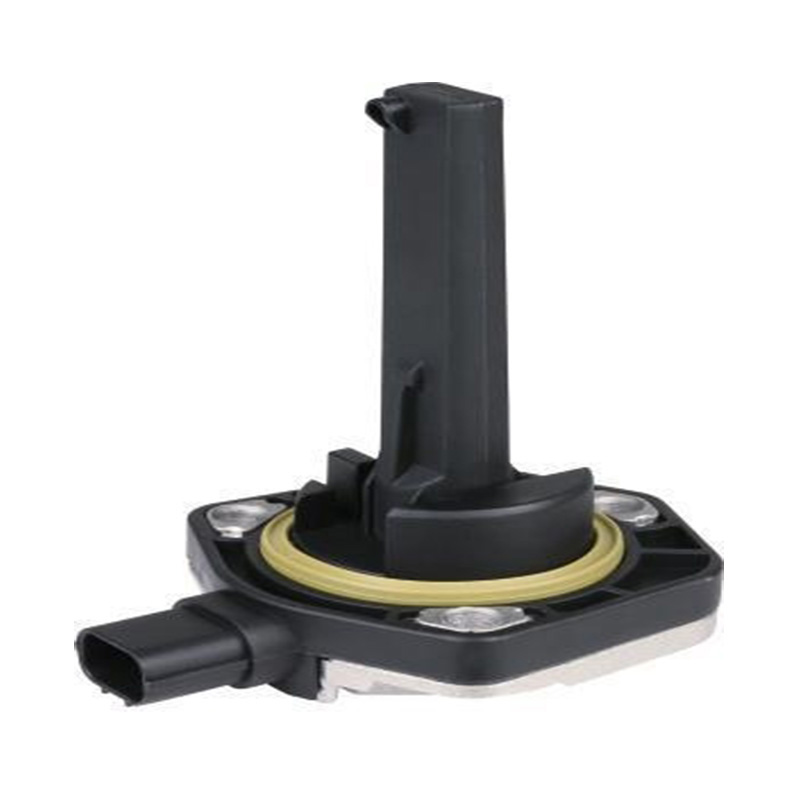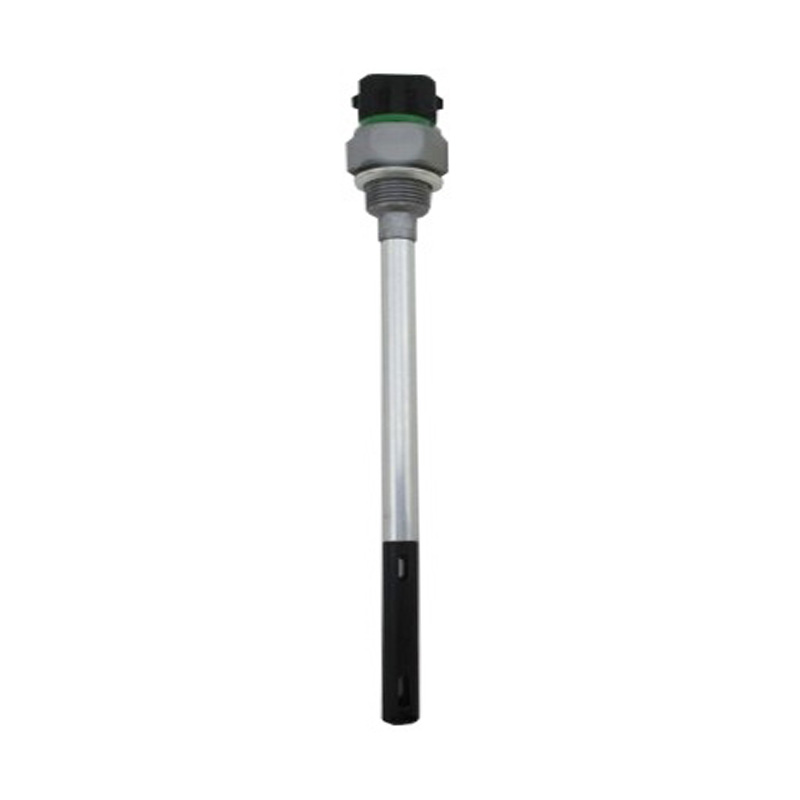OEM.NO: 5WK9631 5WK9631Z
See DetailsHot Wire Air Flow Meters and Jet MAF Sensors in Air Measurement
Air quality and flow sensors play essential roles in various applications, from automotive systems to industrial monitoring. Among these, the hot wire air flow meter and jet MAF sensor are two widely used technologies, each with unique principles and construction features. This article explores the inner workings of these sensors, highlighting their operational principles and specific design characteristics.
0281 002 309 Car Air Flow Sensor
Hot Wire Air Flow Meter: Principle and Structural Features
The hot wire air flow meter operates based on thermal dynamics, using a heated wire to measure air flow rates. In simple terms, this sensor has a fine wire (often platinum) heated to a specific temperature. As air flows across the wire, it cools the wire down, and the rate of cooling corresponds to the speed and volume of air passing through. By measuring the energy required to maintain the wire's temperature, the device calculates the air flow rate precisely.
Key Structural Features of Hot Wire Air Flow Meters
Wire Material: Most hot wire air flow meters use platinum due to its durability and stability under heat. Platinum's high melting point and resistance to oxidation make it an ideal material for handling varied air flows without degradation. This ensures a reliable reading over extended periods and minimizes the need for frequent calibration.
Installation and Mounting: Hot wire air flow meters are typically installed within the air intake path, where they can directly measure the air entering the system. The wire's position is crucial, as it needs to experience an undisturbed flow for accurate readings. Most designs ensure that the wire is suspended carefully within the intake to maintain consistent exposure to airflow.
Due to its precise readings and stable output, hot wire air flow meters are frequently used in automotive applications to manage fuel injection and combustion, enabling optimized engine performance. They are also commonly found in HVAC systems, where precise air flow measurements are necessary for system efficiency and temperature control.
Jet MAF Sensor: Principle and Internal Design
The jet MAF sensor (Mass Air Flow sensor) is designed to measure air quality by leveraging fluid dynamics. It operates by creating a small jet of air within the sensor housing. This jet interacts with the surrounding air, creating a measurable pressure differential that corresponds to air quality. As air flows through the sensor, variations in the pressure difference provide a clear indication of particle presence, density, and overall air cleanliness.
Structural Characteristics of Jet MAF Sensors
Air Jet Design: The jet MAF sensor includes a specialized nozzle that channels a focused stream of air, creating a controlled environment for measuring pressure differentials. This setup is essential for isolating specific air quality metrics, as it prevents external air turbulence from affecting the readings.
Pressure Sensing Mechanism: Inside the jet MAF sensor, multiple pressure sensors measure the differential created by the air jet. These pressure differences are crucial for assessing air cleanliness, as variations can indicate the presence of contaminants or particles. Unlike the hot wire air flow meter, which measures air flow rate, the jet MAF sensor is primarily focused on air quality, making it suitable for detecting impurities in industrial or environmental applications.
Internal Sealing and Protection: To ensure the sensor's accuracy, the internal structure often includes seals or barriers that prevent dust or other contaminants from interfering with the air jet and pressure sensors. This allows the jet MAF sensor to function effectively in challenging environments, where air quality can vary significantly.
Comparing Hot Wire Air Flow Meters and Jet MAF Sensors
While both the hot wire air flow meter and jet MAF sensor serve to measure air properties, their applications and focuses differ considerably. The hot wire air flow meter excels in environments where precise air flow measurements are essential, such as in engine management or HVAC systems. Its reliance on thermal cooling and platinum construction ensures accurate, stable readings over time.
On the other hand, the jet MAF sensor's strength lies in air quality measurement. Its focus on pressure differential provides valuable information on particle density and contaminant levels in the air. This makes it ideal for industrial applications where air cleanliness is a concern, such as in factories or environments where particulate monitoring is required.
Practical Applications and Industry Use
Both hot wire air flow meters and jet MAF sensors are indispensable in industries where air quality and flow control are vital. For example, in automotive engines, the hot wire air flow meter is used to precisely control fuel injection, causing to better fuel efficiency and reduced emissions. In contrast, jet MAF sensors are beneficial in clean room environments, where they monitor air quality to maintain contaminant-free conditions essential for sensitive manufacturing processes like electronics or pharmaceuticals.
